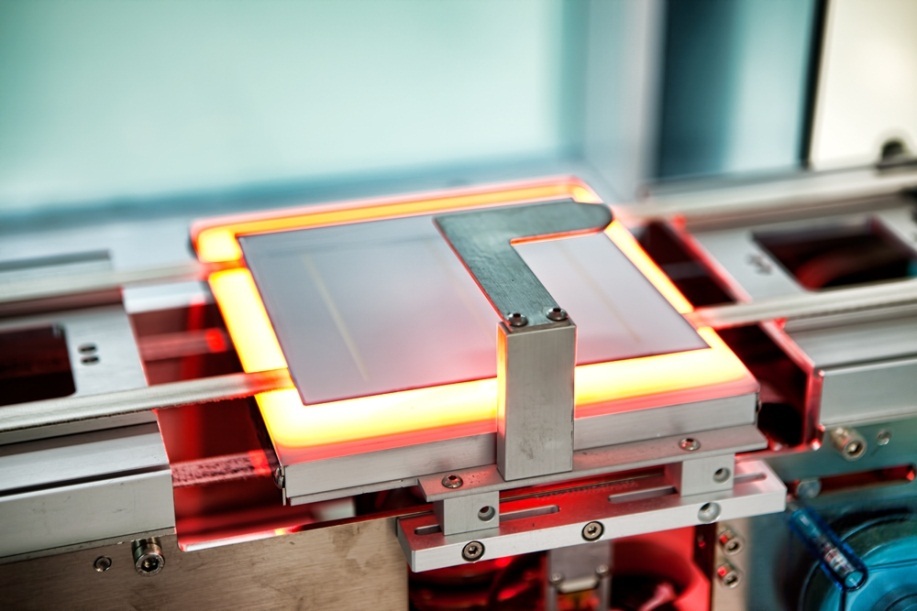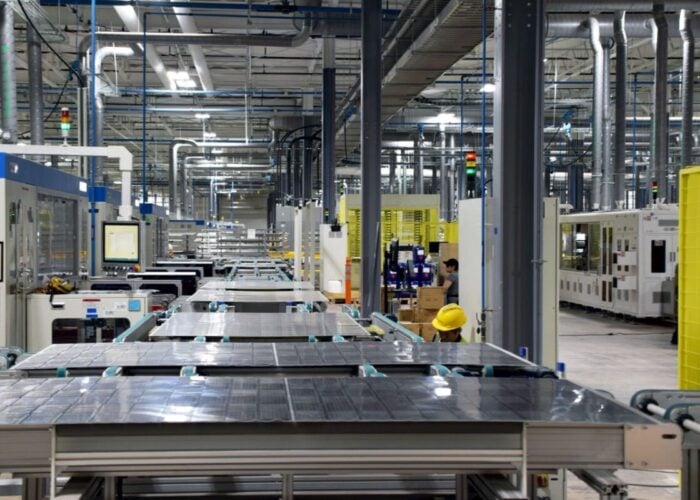
‘Silicon Module Super League’ (SMSL) member Trina Solar has set a new world record of 19.86% aperture efficiency for a P-type multicrystalline solar cell-based module, independently verified by the Fraunhofer ISE CalLab in Germany.
The record was set with half-cut cell interconnection, passivated emitter and rear contact (PERC) technology and highly efficient light trapping on a module area of 1.514m2.
Try Premium for just $1
- Full premium access for the first month at only $1
- Converts to an annual rate after 30 days unless cancelled
- Cancel anytime during the trial period
Premium Benefits
- Expert industry analysis and interviews
- Digital access to PV Tech Power journal
- Exclusive event discounts
Or get the full Premium subscription right away
Or continue reading this article for free
The new record represents an increase of more than 0.7 percentage points, or approximately 3.8% higher than the previously held efficiency record of 19.14% on a 1.515m2 module aperture area announced in April 2015. As with previous developments the work was carried out at Trina Solar’s State Key Laboratory of PV Science and Technology of China (SKL PVST).
Dr. Pierre Verlinden, Vice-President and Chief Scientist of Trina Solar said, “The efficiency of PV modules is one of the key parameters to estimate the final Levelised Cost of solar Electricity (LCOE). This 19.86% aperture efficiency result that Trina Solar achieved demonstrates the huge potential for future multicrystalline p-type silicon research. It is also a leap forward in the trend of continuous efficiency improvements of crystalline silicon solar modules.”
Trina Solar had recently said it had achieved an average efficiency of 21.1% for its industrially-produced P-type monocrystalline cells (156 x 156 mm2) with Passivated Emitter and Rear Cell (PERC) technology at its ‘golden’ pilot production line.






